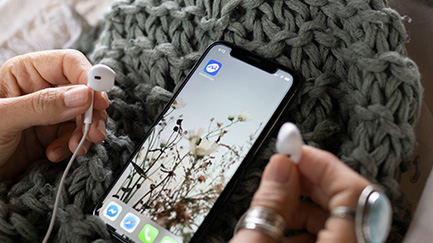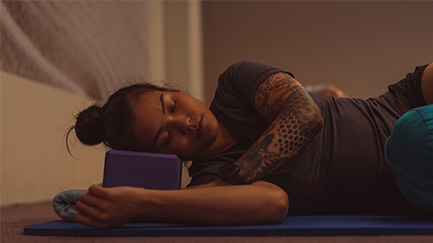As we move into the warmer months, our bodies will be working harder to regulate while exercising. When we exercise, our body temperature increases. There are a number of ways our body thermoregulates (tries to stay within certain body temperature boundaries to prevent overheating).
The bodies normal core temperature range is between 36.1’C to 37.2’C (Koop & Tadi 2019) and venturing anywhere above this can be quite dangerous. To regulate body temperature, naturally you will start sweating, your blood vessels will dilate (and you may go red), your breathing will increase, and you won’t want to sit still.
It’s important to note, there are various conditions and medications that can affect normal thermoregulation. For example, those suffering from depression can suffer from a reduced capacity to sweat and regulate core body temperature (Janssen et al. 2016).
Learning a few ways to stay cool may prove useful when you’re engaging in those healthy exercise habits. To help, we have put together a few key principles that your body uses to keep cool.
Evaporation – Sweating
As your body produces heat, a by-product of creating energy to move, your sweat glands will release water and salt through sweat. As the water dries it will carry heat away with it. As annoying as sweat can be, it one of the most effective ways to stay cool.
How to maximise sweat efficiency: The more body surface area/skin exposure the better, i.e., wearing singlets and shorts. Taking big deep breaths between sets will also help dissipate some heat.
Radiation – Heat moving between objects
If your environment is high in radiant heat, such as being in the sun, then you will absorb heat.
How to maximise radiant heat loss efficiency: Stay in a cool environment, out of the sun and in areas which surfaces are cooler than yourself such as an airconditioned gym space. Like evaporation, having the areas of your body that heat quickly like your head, arms pits, back exposed to cooler areas may dissipate heat through radiation.
Conduction – Surface to surface
If the surface you’re interacting with is cooler, then it will result in a net loss of heat. If it’s hotter then it will result in heat gain. For example, think of laying on a cool yoga mat or picking up cold dumbbells.
How to maximise convection efficiency: Keep your equipment in the shade or a cool environment. Wear clothes that are light and can dry or cool easily. You can even bring spare clothes and change shirts, shorts or socks if needed.
Convection – The process of losing heat through movement of air or water
Heat will move from hot areas to cool areas as much as needed to try and achieve a temperature balance.
How to maximise your convection efficiency: Use air flow like fans, air conditioning or even the breeze across the body to ‘steal’ the heat away from you.
Remember your body is a very efficient machine and these cooling methods are already in place, but it is important not to push yourself to the extreme.
In summary, to stay cool in the hotter months:
- Wear light and cool clothing
- Set up exercise in the shade with air flow
- Keep your equipment in cooler areas where possible
- Don’t go too hard to early - get used to your environment
- Drink water and breathe deeply between your working sets
If you are looking to get into a healthy exercise routine, let our qualified exercise physiologists help get you started. Contact your local Mates4Mates centre today to organise an in-person or telehealth appointment today.
References:
Baker, L. B. (2019). Physiology of sweat gland function: The roles of sweating and sweat composition in human health. Temperature, 6(3), 211-259.
Janssen, C. W., Lowry, C. A., Mehl, M. R., Allen, J. J., Kelly, K. L., Gartner, D. E., ... & Fridman, A. (2016). Whole-body hyperthermia for the treatment of major depressive disorder: a randomized clinical trial. JAMA psychiatry, 73(8), 789-795.
Koop, L. K., & Tadi, P. (2019). Physiology, Heat Loss (Convection, Evaporation, Radiation). In StatPearls [Internet]. StatPearls Publishing.
Lowry, C., Flux, M., & Raison, C. (2018). Whole-body heating: An emerging therapeutic approach to treatment of major depressive disorder. Focus, 16(3), 259-265.





